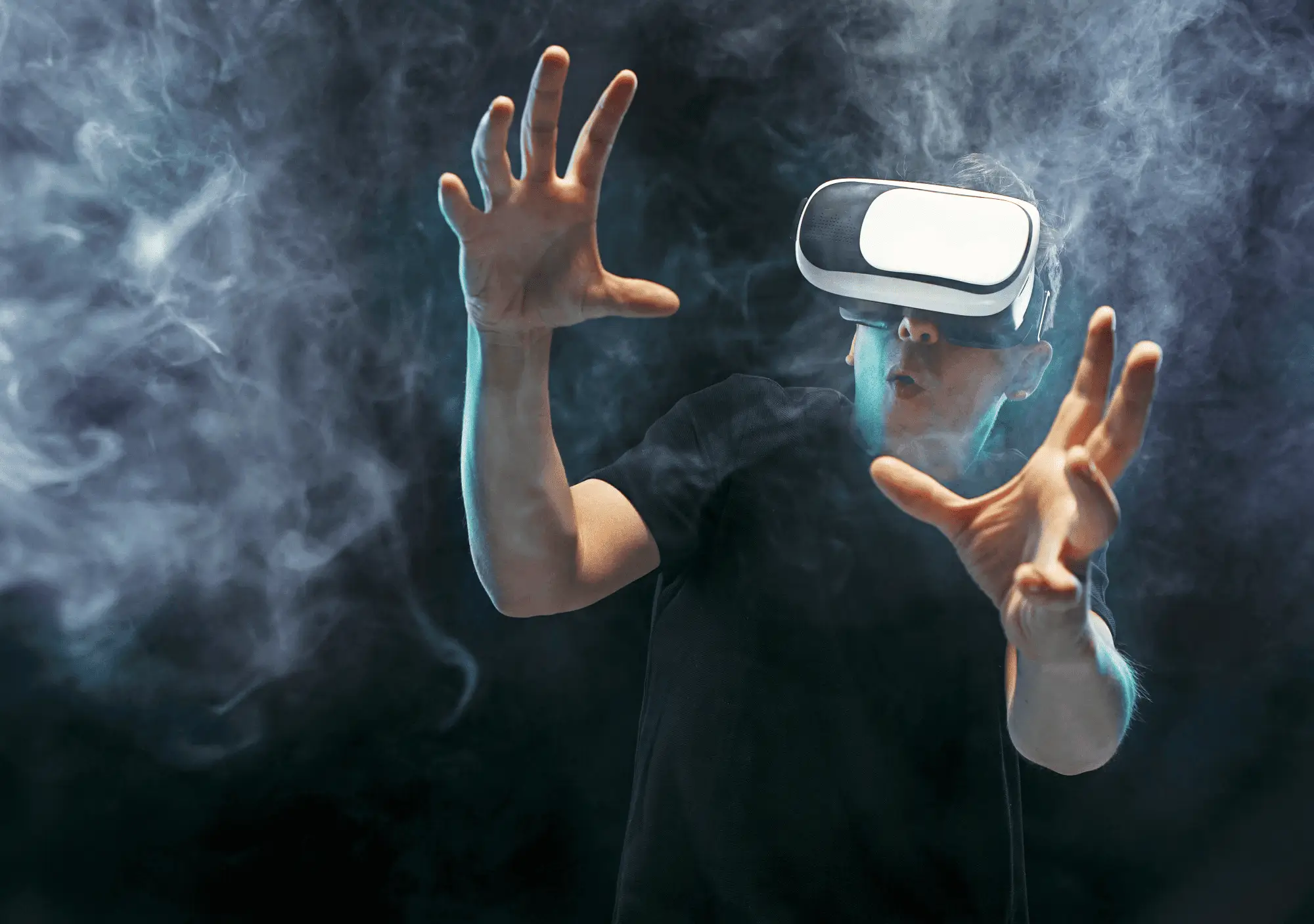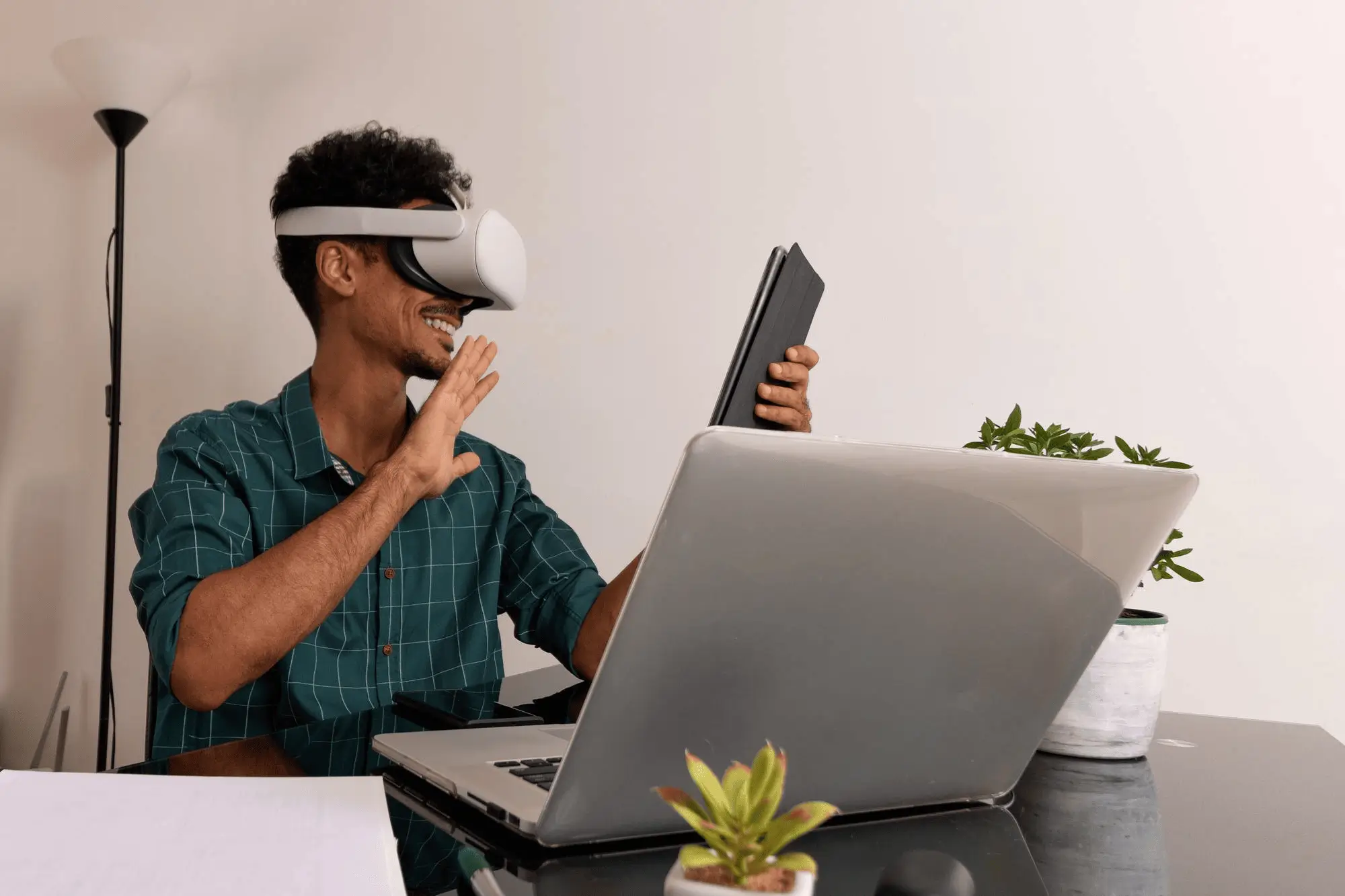In the rapidly evolving world of medical education, the need for effective, hands-on training is more critical than ever. Grasp XR, a cutting-edge Virtual Reality (VR) platform, is addressing this need by offering immersive, realistic simulations that enhance clinical skills and prepare students for real-world scenarios. This case study explores how Grasp XR has been successfully integrated into medical training programs to improve clinical competencies and patient care outcomes.
Background
Medical schools and training centers have long relied on traditional methods such as lectures, textbooks, and limited practical sessions to teach clinical skills. While these methods provide foundational knowledge, they often fall short in offering the hands-on experience necessary for mastering complex procedures. Recognizing this gap, Grasp XR developed a VR platform that simulates real-life medical environments, allowing students to practice and refine their skills in a controlled, risk-free setting.Implementation
Grasp XR was introduced to a leading medical school as part of a pilot program aimed at enhancing clinical training. The program focused on two key areas: intubation procedures and ECG interpretation—both critical skills for emergency medicine.
1.Intubation Training: The traditional approach to intubation training involves the use of mannequins or cadavers, which, while helpful, do not fully replicate the experience of intubating a live patient. Grasp XR's intubation module immerses students in a virtual operating room, where they must perform the procedure on a virtual patient. The simulation includes realistic anatomy, patient responses, and real-time feedback on performance.
2. ECG Interpretation: Interpreting ECGs accurately is essential for diagnosing and treating cardiac conditions. Grasp XR offers an ECG interpretation module that presents students with a variety of cardiac rhythms and scenarios. Students are required to analyze the ECGs, make diagnoses, and decide on the appropriate course of action, all within a virtual clinical setting.
Results
The implementation of Grasp XR in the medical school's curriculum yielded significant improvements in both student performance and confidence.
1. Increased Proficiency: Students using Grasp XR demonstrated a higher level of proficiency in intubation and ECG interpretation compared to those trained using traditional methods. The immersive nature of the simulations allowed students to practice repeatedly, leading to better muscle memory and quicker decision-making.
2. Enhanced Confidence: One of the key findings was the increase in students' confidence levels. The ability to practice in a realistic, yet pressure-free environment helped students feel more prepared when facing real patients. This boost in confidence translated to better performance during clinical rotations and assessments.
3. Improved Patient Outcomes: The ultimate goal of medical training is to improve patient care. By refining their clinical skills through Grasp XR, students were better equipped to handle emergencies and complex procedures, leading to improved patient outcomes. Instructors noted a decrease in errors and an increase in the accuracy of diagnoses and treatments.
Conclusion
Grasp XR has proven to be a valuable tool in medical education, particularly in the development of critical clinical skills. This case study highlights how the platform's immersive simulations can bridge the gap between theoretical knowledge and practical application, ensuring that students are better prepared for the challenges of modern healthcare.
As Grasp XR continues to evolve and expand its offerings, the potential for improving medical training—and by extension, patient care—only grows. The success of this pilot program serves as a testament to the impact that innovative technologies like Grasp XR can have on the future of medical education.

